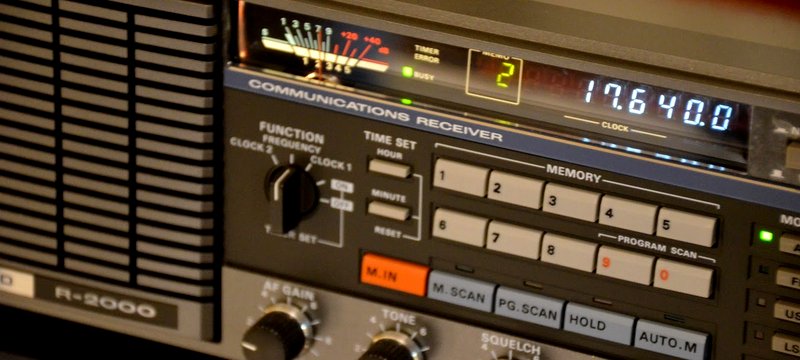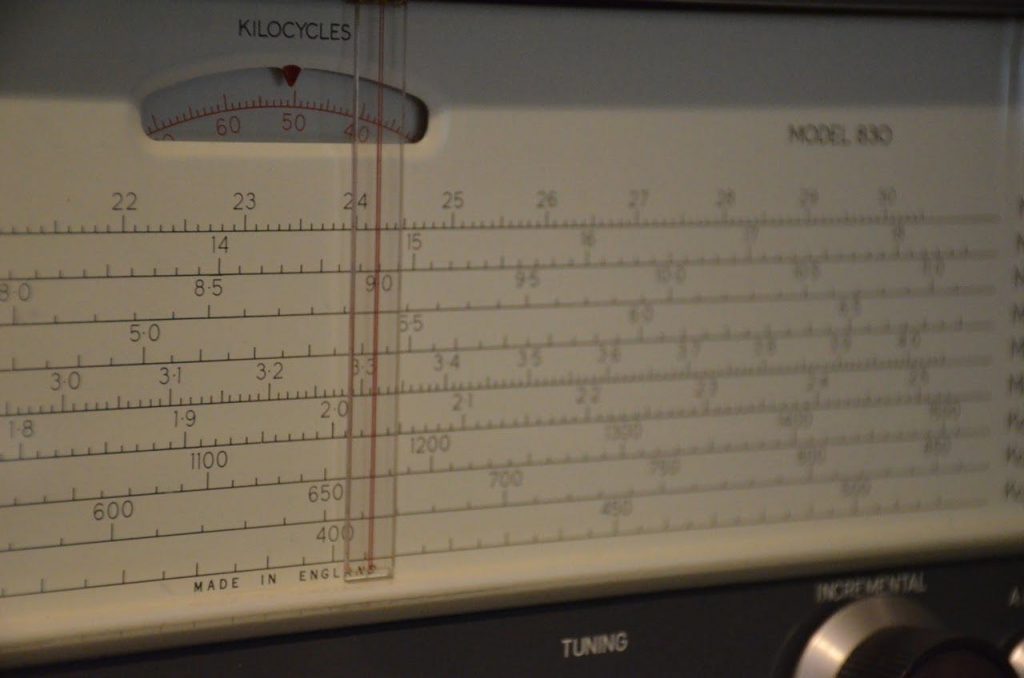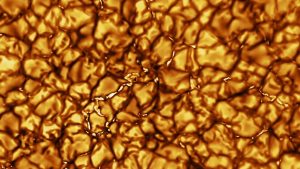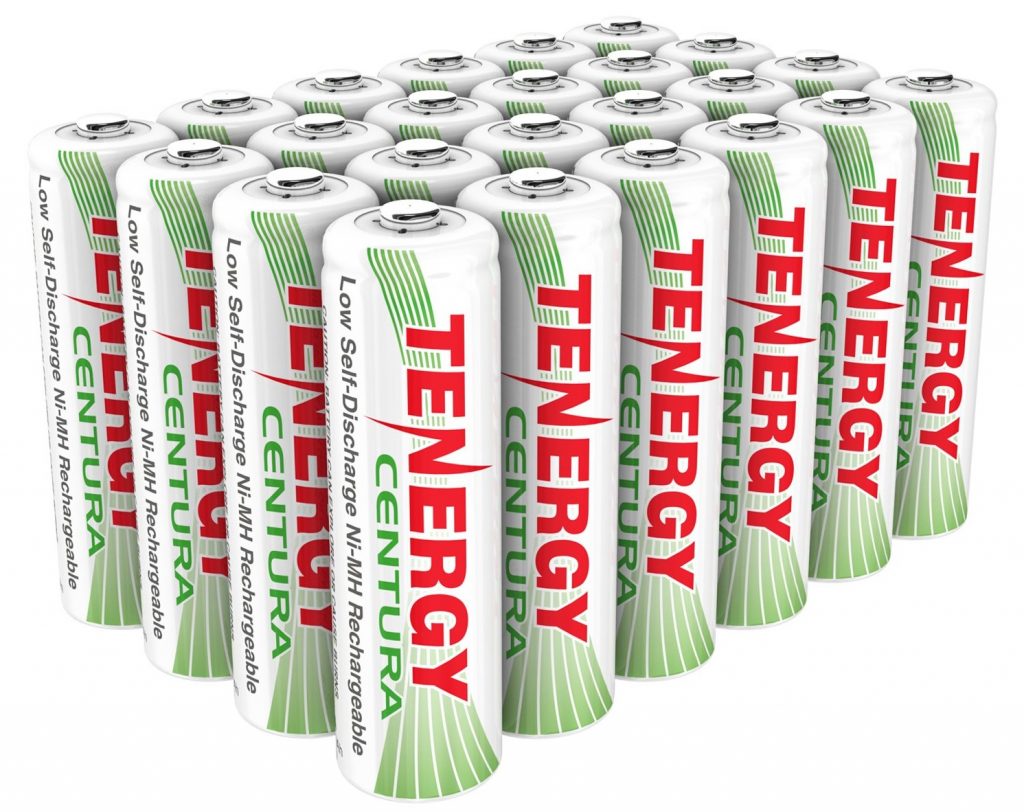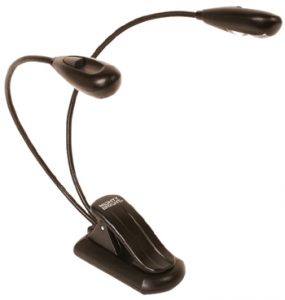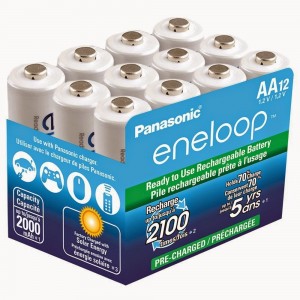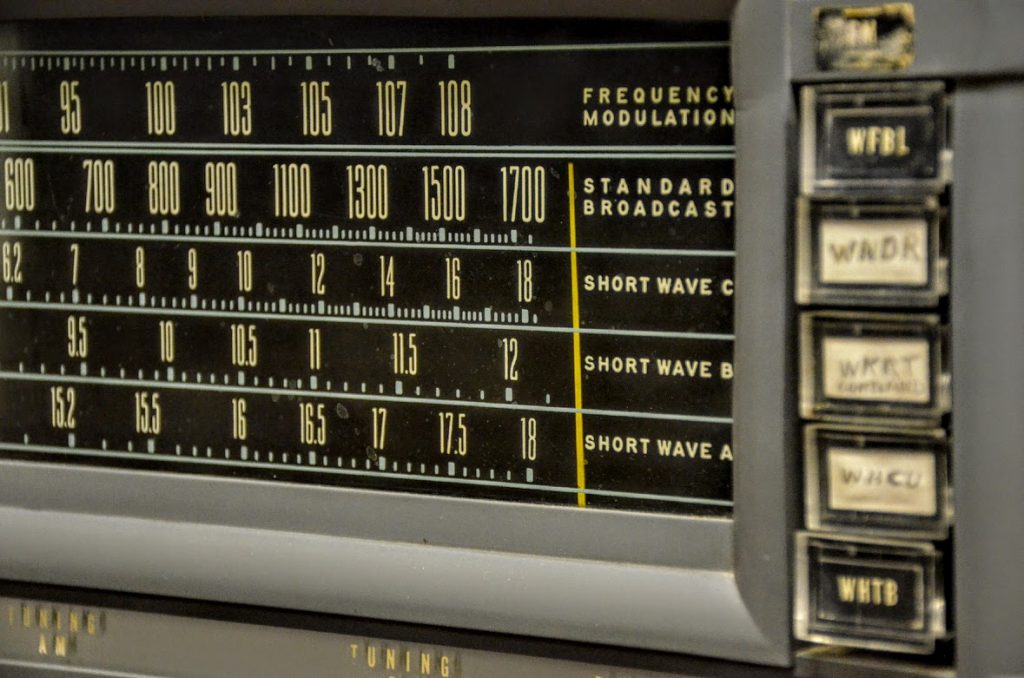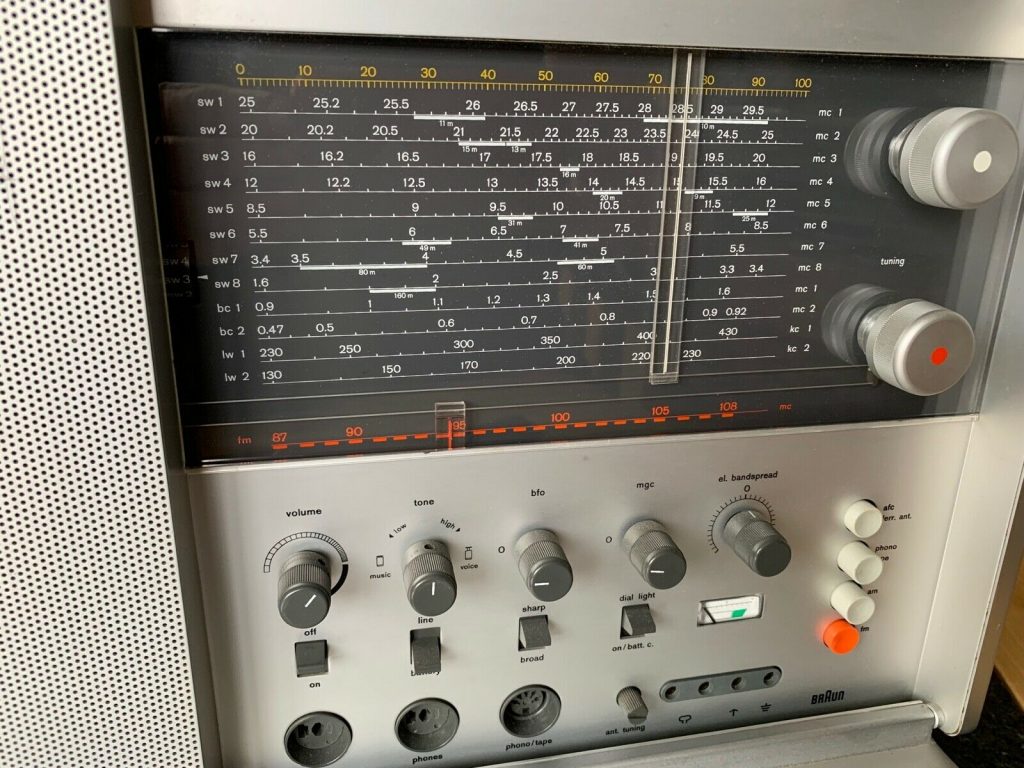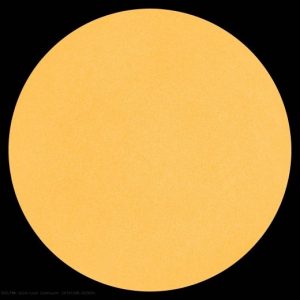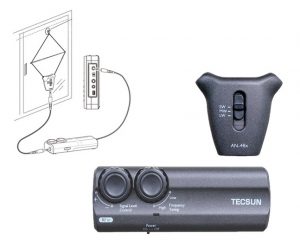Radio Waves: Stories Making Waves in the World of Broadcasting
Because I keep my ear to the waves, as well as receive many tips from others who do the same, I find myself privy to radio-related stories that might interest SWLing Post readers. To that end: Welcome to the SWLing Post’s Radio Waves, a collection of links to interesting stories making waves in the world of radio. Enjoy!
Many thanks to SWLing Post contributors Troy Riedel and Michael Bird for the following tips:
RNZ set to cut back Concert and launch new youth service (Radio New Zealand)
In the biggest overhaul of its music services in years, RNZ is planning to cut back its classical music station RNZ Concert and replace it on FM radio with music for a younger audience as part of a new multimedia music brand. Mediawatch asks RNZ chief executive Paul Thompson and music content director Willy Macalister to explain the move.
The broadcaster is proposing to remove RNZ Concert from its FM frequencies and transform it into an automated non-stop music station which will stream online and play on AM radio.
It would be replaced on FM by a service aimed at a younger, more diverse audience as part of a new multimedia “music brand”.
RNZ Concert would be taken off FM radio on May 29 and the youth platform would be phased in ahead of its full launch on August 28.
RNZ’s music staff were informed about the proposed changes this morning in an emotional, occasionally heated meeting with the RNZ music content director Willy Macalister, head of radio and music David Allan, and chief executive Paul Thompson.[…]
[Australian] Senate to vote on National Emergency Communications Plan (ABC Friends)
Today Senators can vote to recognise and support ABC Emergency Broadcasting Services and start to plan for a National Emergency Communications Plan.
[…]The motion comes after ABC Friends surveyed bushfire affected communities, with 95% of the 750 respondents indicating that they wanted to see a national plan of additional essential communications infrastructure.
More information to come once the motion has been moved.[…]
UK government, at odds with media, eyes BBC funding change (AP)
LONDON (AP) — Britain’s government announced Wednesday it is considering a change in the way the BBC is funded that would severely dent the coffers of the nation’s public broadcaster.
Prime Minister Boris Johnson’s Conservative government — which is increasingly at odds with the country’s news media — said it would hold a “public consultation” on whether to stop charging people with a criminal offense if they don’t pay the annual levy that funds the BBC.
The broadcaster gets most of its money from a license fee paid by every television-owning household in the country, which currently stands at 154.50 pounds ($201) a year. Failing to pay can result in a fine or, in rare cases, a prison sentence.
In 2018, more than 121,000 people were convicted and fined for license fee evasion. Five people were imprisoned for not paying their fines.
The BBC is Britain’s largest media organization, producing news, sports and entertainment across multiple TV, radio and digital outlets. The BBC’s size and public funding annoy private-sector rivals, who argue the broadcaster has an unfair advantage.[…]
NHK Asked to Cut Viewing Fees Further (Jiji Press)
Tokyo, Feb. 5 (Jiji Press)–Japanese Internal Affairs and Communications Minister Sanae Takaichi asked Japan Broadcasting Corp. (NHK) on Wednesday to cut television-viewing fees further.
The request was included in a set of proposals compiled by Takaichi. The proposals were approved the same day at a meeting of the Radio Regulatory Council, which advises the minister.After expected cabinet approval, the proposals will be submitted to the ongoing session of the Diet, Japan’s parliament, together with NHK’s fiscal 2020 draft budget.
The public broadcaster has already decided to cut viewing fees and expand the scope of fee exemptions by the end of fiscal 2020, in order to reduce viewers’ burdens by the equivalent of 6 pct of its fiscal 2018 fee revenue.[…]

